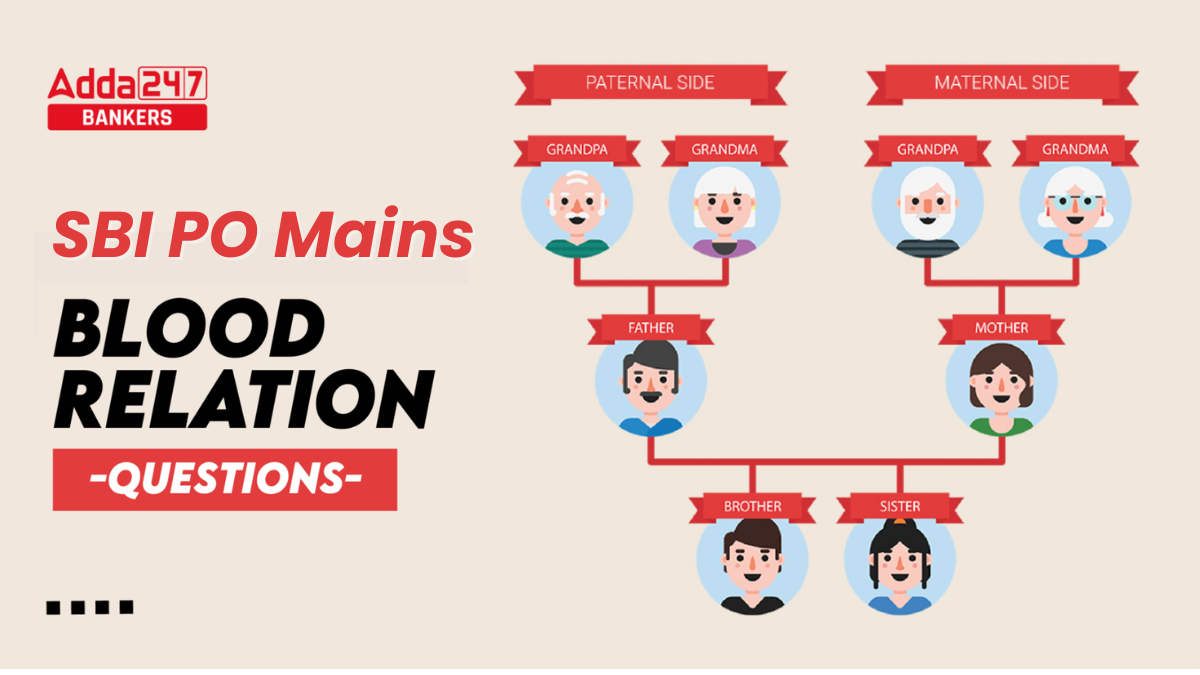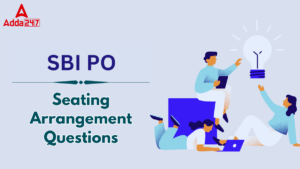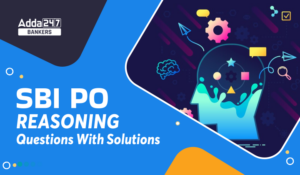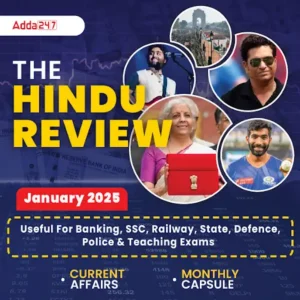Table of Contents
The Blood Relation section is an essential part of the reasoning ability segment in the SBI PO Mains Exam. It assesses a candidate’s ability to analyze and interpret complex family relationships based on the given information. These questions frequently appear in the exam, and mastering them can significantly improve your overall reasoning score. In this article, we will discuss strategic approaches and key tips to help you tackle Blood Relation questions with confidence in the SBI PO Mains Exam.
Blood Relation Questions for SBI PO 2025 Mains Exam
With the SBI PO Mains 2025 Exam approaching, time for preparation is limited. The Blood Relation section is a vital part of the reasoning ability segment, testing your logical and analytical skills. These questions require careful interpretation of family relationships, making regular practice essential. Strengthening this topic will boost your reasoning speed and overall score. With little time left, focused practice is crucial. Here’s a set of Blood Relation questions to help you prepare for the Mains exam.
Direction (1-3): In the following questions, the symbols #, &, @, *, $, % and © are used with the following meanings as illustrated below. Study the following information and answer the given questions:
P@Q – P is the son of Q.
P#Q – P is the child of Q.
P©Q – P is the parent of Q.
P$Q – P is younger than Q.
P%Q- Q is sister of P.
P&Q- Q is the son-in-law of P.
P*Q- P is the husband of Q.
Q1. If A@C%B&D*E, then how is C related to E?
(a)Mother
(b)Uncle
(c)Aunt
(d)Either (b) or (c)
(e)None of these
Q2.If A%C©D#E©F%L and E has only one daughter, then how is D related to A?
(a)Nephew
(b)Niece
(c)Brother-in-law
(d)Cannot be determined
(e)Son
Q3. If A&B©D#E%F and F$E, and if the ages of A and E are 55 and 35 respectively, what could be the possible age of F?
(a)34
(b)33
(c)56
(d)None of these
(e)Either (a) or (b)
Directions (4-6): Study the following information carefully and answer the questions given below: There are eight family members and three generations in a family. V is the grand-daughter of P. K is the sister-in-law of R. Q is the mother-in law of G. H is the brother-in law of P and is unmarried. G is married to R and is the father of V. M is the brother of R. G has no siblings and is not the son of P.
Q4. How is V related to M?
(a)Nephew
(b)Niece
(c)Cousin
(d)Daughter
(e)Cannot be determined
Q5. How many male members are there in the family?
(a)Two
(b)Three
(c)Four
(d)Cannot be determined
(e)Five
Q6. How is H related to R?
(a)Father
(b)Uncle
(c)Brother
(d)Cousin
(e)Cannot be determined
Directions (7-10): Study the following information carefully and answer the questions that follow:
‘P ×Q’ means ‘Q is the father of P’
‘P ÷ Q’ means ‘Q is the brother of P’
‘P+Q’ means ‘Q is the daughter of P’
‘P – Q’ means ‘Q is the mother of P’
‘P = Q means ‘Q is the wife of P’
Q7. Which of the following expression means ‘B is the Father-in-law of E’?
(a) B=A+C÷D+E
(b) A-B÷C×D+E
(c) A=B+C÷D+E
(d) A÷B+C÷D=E
(e) None of these
Q8. From the expression ‘L×M-N+R÷S ’ how is L related to R?
(a) Daughter
(b) Nephew
(c) Niece
(d) Either (b) or (c)
(e) Cannot be determined
Q9.Which of the following expression means ‘E is the maternal grandmother of A’?
(a) A-B÷C×D=E
(b) A-B÷C×D×E
(c) A-B+C×D÷E
(d) A=B+C÷D+E
(e) A+B÷C+D-E
Q10 If the expression ‘L+M÷N=R-S’ is true which of the following is definitely false?
(a) M is the sister-in-law of R
(b) N is the son of L
(c) L is the mother of N
(d) R is the daughter-in-law of L
(e) N is the son of S
Solutions
Directions (1-3):
S1. Ans. (d)
Sol.

S2. Ans. (a)
Sol.

S3. Ans. (e)
Sol.
With respect to age: F<E<A.

Directions (4-6):
Sol.

S4. Ans (b)
S5. Ans (c)
S6. Ans (b)
Directions (7-10):
S7.Ans(d)

S8.Ans(d)

S9.Ans(a)

S10.Ans(e)

| Related Posts | |
| SBI PO Cut-Off | SBI PO Syllabus |
| SBI PO Salary | SBI PO Previous Year Question Papers |



 Seating Arrangement Questions for SBI PO...
Seating Arrangement Questions for SBI PO...
 Inequality Questions for Bank Exams
Inequality Questions for Bank Exams
 SBI PO Reasoning Questions With Solution...
SBI PO Reasoning Questions With Solution...





